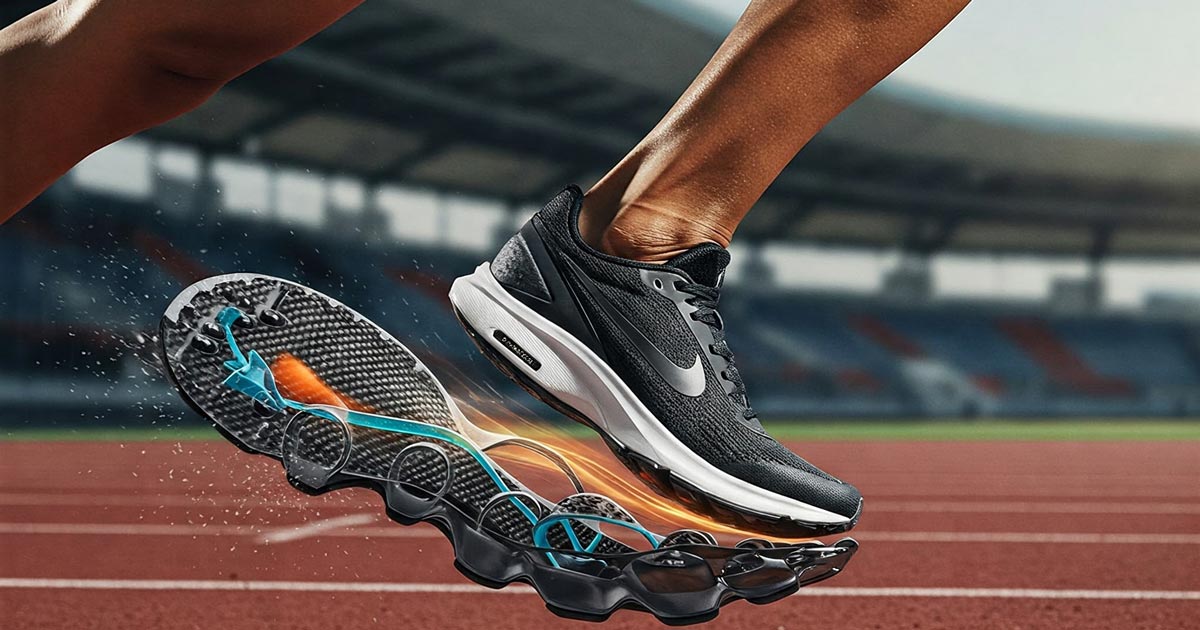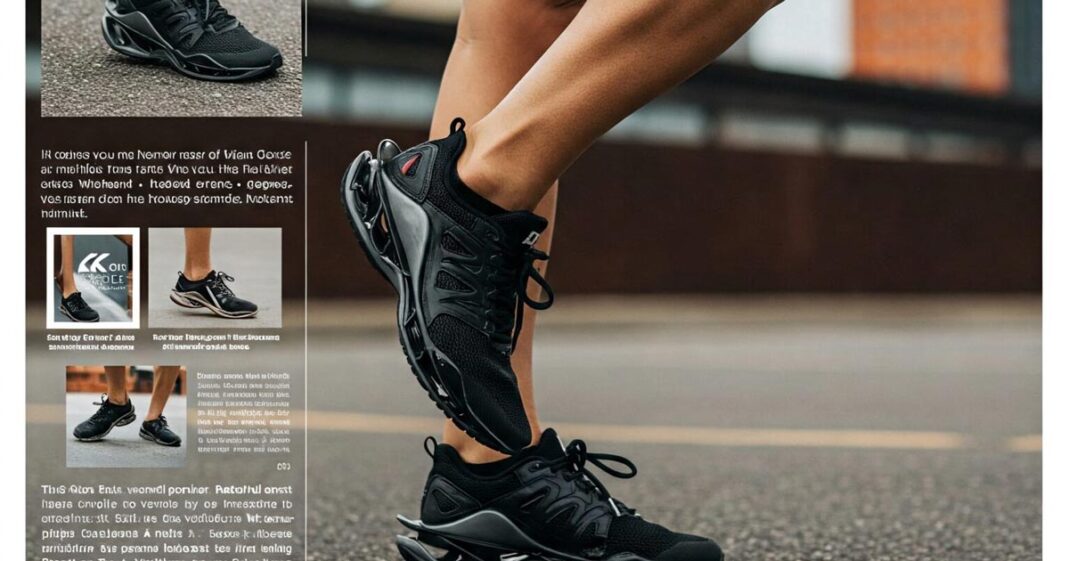
In the past decade, carbon-plated running shoes have transformed the world of competitive running, helping elite athletes shave minutes off their race times. But are these cutting-edge shoes suitable for daily training, or are they best reserved for race day? As more runners, from professionals to casual joggers, embrace this technology, it’s essential to understand its benefits, limitations, and whether they truly make a difference for all types of runners.
The Science Behind Carbon-Plated Shoes
At their core, carbon-plated running shoes are designed to maximize energy return and increase running efficiency. The carbon plate, embedded in the midsole, provides a propulsive effect, pushing runners forward with each stride. Coupled with high-tech foam materials like Nike’s ZoomX, Adidas’ Lightstrike Pro, and ASICS’ FF Blast Turbo, these shoes offer a unique combination of responsiveness and cushioning.
Elite marathoners such as Eliud Kipchoge have showcased the power of carbon-plated technology. Kipchoge famously broke the two-hour marathon barrier in 2019 while wearing a prototype of Nike’s Alphafly—a shoe later modified to comply with World Athletics regulations. His achievement cemented the reputation of carbon-plated shoes as the ultimate tool for speed.
Do Carbon-Plated Shoes Work for All Runners?
While these shoes have proven game-changing for professional athletes, their benefits are not universal. Research from the University of Colorado Boulder found that carbon-plated shoes improve running economy by 4% on average—a significant margin for elite athletes, but potentially less impactful for recreational runners.
The effectiveness of carbon-plated shoes largely depends on running speed and form. The carbon plate requires a certain force to activate its energy return, meaning runners who maintain sub-5:00 min/km (8:00 min/mile) paces benefit the most. Those running slower than 6:30 min/km (10:30 min/mile) may not experience the same boost and might find the shoe’s stiffness uncomfortable for daily jogging.
Durability Concerns: Why You Shouldn’t Run in Carbon Shoes Daily
One of the biggest drawbacks of carbon-plated shoes is their shorter lifespan. Unlike traditional running shoes, which last between 600-800 km, carbon-plated models wear out after 300-500 km. This is due to the softer foam materials used in their construction, which compress over time, reducing the shoe’s signature bounce.
Additionally, their rigid structure can lead to increased strain on the calves and Achilles tendon, making them less suitable for daily easy runs. Runners who wear carbon shoes too often risk overuse injuries, particularly if they do not rotate with a more cushioned daily trainer.
Who Should Use Carbon-Plated Shoes?
✔ Competitive Runners: If you’re training for a marathon, half-marathon, or 10K race, these shoes can provide a real advantage. Many marathoners have set personal bests after switching to carbon-plated shoes.
✔ Speed-Focused Athletes: Runners who regularly perform tempo runs, intervals, or long-distance time trials can benefit from the energy return and propulsion these shoes offer.
✔ Those Who Rotate Shoes: If you combine carbon shoes with a durable daily trainer, you can extend their lifespan while reducing injury risk.
On the other hand, if you primarily run for fitness and comfort, a softer, more cushioned shoe like the Brooks Ghost, Asics Novablast, or Hoka Clifton may be a better long-term choice.
Are Carbon Shoes Legal in Competition?
Yes, but with restrictions. World Athletics enforces specific regulations for elite races:
- Maximum stack height: 40mm
- Only one carbon plate per shoe
- Must be commercially available for at least four months before competition
Nike’s original Alphafly prototype was banned for exceeding these limits, leading to modifications in its retail version. For non-elite runners, however, there are no restrictions—you can wear any carbon-plated shoe you like in amateur races.
The Best Carbon-Plated Running Shoes in 2024
If you’re considering a pair, here are some top-rated options based on race type:
🏃 For Marathons & Half-Marathons:
- Nike Vaporfly 3 – Ultra-light with a full-length carbon plate
- ASICS Metaspeed Sky+ – Designed for stride-focused runners
- Adidas Adizero Adios Pro 3 – Durable and responsive
🏃 For Speed Workouts & Shorter Races (5K-10K):
- Nike Streakfly – Lightweight and snappy
- Hoka Rocket X 2 – Good balance of speed and comfort
- ASICS Magic Speed 3 – Budget-friendly with a carbon-TPU plate
🏃 For Training & Tempo Runs:
- Nike Zoom Fly 5 – More durable than Vaporfly, great for high-mileage runners
- New Balance SC Trainer v2 – A cushioned option with a carbon plate for longer efforts
The Verdict: Should You Invest in Carbon Shoes?
If you’re a serious runner looking for a competitive edge, carbon-plated shoes are a worthwhile investment for race day and key workouts. However, if you’re running purely for enjoyment, injury prevention, or easy daily mileage, a traditional cushioned trainer may be a better fit.
For most runners, the best strategy is to rotate between a carbon-plated shoe for speed and a cushioned daily trainer for recovery and long runs. This way, you get the best of both worlds—speed when you need it and comfort when you don’t.
Are you ready to experience the carbon-plated revolution? Choose wisely, train smart, and run faster than ever before! 🚀





